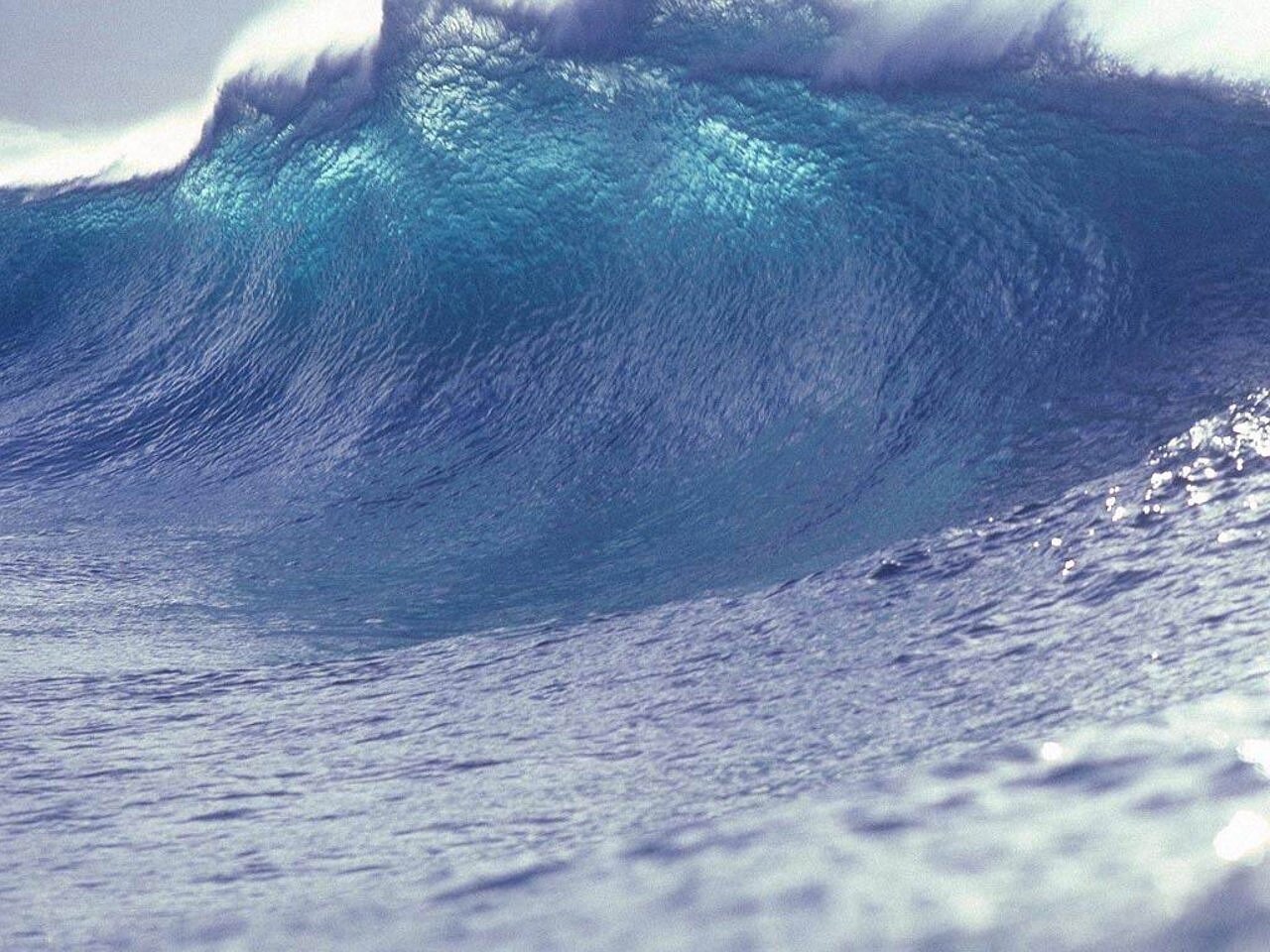Understanding California's Tsunami Threat: Identifying Vulnerable Populations And Infrastructure

Welcome to your ultimate source for breaking news, trending updates, and in-depth stories from around the world. Whether it's politics, technology, entertainment, sports, or lifestyle, we bring you real-time updates that keep you informed and ahead of the curve.
Our team works tirelessly to ensure you never miss a moment. From the latest developments in global events to the most talked-about topics on social media, our news platform is designed to deliver accurate and timely information, all in one place.
Stay in the know and join thousands of readers who trust us for reliable, up-to-date content. Explore our expertly curated articles and dive deeper into the stories that matter to you. Visit Best Website now and be part of the conversation. Don't miss out on the headlines that shape our world!
Table of Contents
Understanding California's Tsunami Threat: Identifying Vulnerable Populations and Infrastructure
California, renowned for its stunning coastline, faces a significant, often underestimated threat: tsunamis. While the image of a massive, Japan-sized wave might come to mind, the reality is more nuanced, demanding a thorough understanding of vulnerabilities to effectively prepare. This article explores the specific populations and infrastructure most at risk from a California tsunami and highlights crucial preparedness measures.
California's Tsunami Risk: More Than Just a Pacific Ocean Threat
While the Pacific Ocean is the primary source of tsunami threats to California, these aren't solely caused by distant megathrust earthquakes. Local earthquakes along the California coastline, particularly those along the Cascadia Subduction Zone, could trigger devastating local tsunamis with little warning. Furthermore, tsunamis generated across the Pacific can impact California's shores, often with significant destructive force. Understanding this dual risk is paramount for effective preparedness.
Identifying Vulnerable Populations:
Several populations are disproportionately vulnerable to the impacts of a tsunami:
- Coastal Communities: Residents in coastal towns and cities, particularly those with limited elevation, are at the highest risk. This includes communities along the Northern California coast and areas like Crescent City, known for their proximity to the Cascadia Subduction Zone.
- Low-Income Households: Individuals and families with limited financial resources often lack access to resources needed for evacuation, including transportation and temporary housing.
- Elderly and Disabled Individuals: Mobility limitations can significantly impede rapid evacuation, making this group particularly vulnerable.
- Tourist Populations: Sudden influx of tourists during peak seasons can strain emergency response capabilities and complicate evacuation efforts.
Vulnerable Infrastructure:
Beyond human lives, critical infrastructure faces substantial risks:
- Transportation Networks: Roads, bridges, and railways located near the coast could be severely damaged or destroyed, hindering evacuation and emergency response.
- Power Grids: Coastal power plants and transmission lines are vulnerable to flooding and damage, potentially leading to widespread power outages.
- Hospitals and Healthcare Facilities: Damage to hospitals could overwhelm the healthcare system and prevent timely medical assistance.
- Communication Systems: Damage to communication infrastructure could disrupt emergency alerts and hamper coordination efforts.
Improving Tsunami Preparedness:
Effective tsunami preparedness requires a multi-faceted approach:
- Early Warning Systems: Investing in and improving tsunami warning systems, including improved seismic monitoring and advanced modeling techniques, is crucial. The National Oceanic and Atmospheric Administration (NOAA) plays a vital role in this area. [Link to NOAA Tsunami Warning System]
- Evacuation Planning: Communities must develop and regularly practice comprehensive evacuation plans, accounting for the specific vulnerabilities of their populations and infrastructure.
- Public Education: Raising public awareness about tsunami risks and providing clear guidance on evacuation procedures is crucial. This includes emphasizing the importance of "vertical evacuation" in areas where rapid escape to higher ground is the only option.
- Infrastructure Hardening: Strengthening critical infrastructure to withstand tsunami impacts, such as elevating buildings and reinforcing bridges, can significantly reduce damage.
Conclusion:
California's tsunami threat is real and requires proactive, comprehensive preparation. By identifying vulnerable populations and infrastructure, and investing in robust early warning systems and evacuation plans, we can significantly reduce the impact of a future tsunami event. The time to act is now. Learn more about your local tsunami preparedness plan by contacting your city or county emergency management agency. Staying informed is the first step towards ensuring your safety and the safety of your community.

Thank you for visiting our website, your trusted source for the latest updates and in-depth coverage on Understanding California's Tsunami Threat: Identifying Vulnerable Populations And Infrastructure. We're committed to keeping you informed with timely and accurate information to meet your curiosity and needs.
If you have any questions, suggestions, or feedback, we'd love to hear from you. Your insights are valuable to us and help us improve to serve you better. Feel free to reach out through our contact page.
Don't forget to bookmark our website and check back regularly for the latest headlines and trending topics. See you next time, and thank you for being part of our growing community!
Featured Posts
-
 Red Soxs Roman Anthony Shows Off Power With Historic 497 Foot Blast
Jun 10, 2025
Red Soxs Roman Anthony Shows Off Power With Historic 497 Foot Blast
Jun 10, 2025 -
 Safiullin Triumphs With A Stylish Lob At Stuttgart Open 2025
Jun 10, 2025
Safiullin Triumphs With A Stylish Lob At Stuttgart Open 2025
Jun 10, 2025 -
 Cincinnati Bengals Part Ways With Starting Linebacker Germaine Pratt
Jun 10, 2025
Cincinnati Bengals Part Ways With Starting Linebacker Germaine Pratt
Jun 10, 2025 -
 Evaluating Success 2025 Rookie Qb Performance Metrics Ward Dart And More
Jun 10, 2025
Evaluating Success 2025 Rookie Qb Performance Metrics Ward Dart And More
Jun 10, 2025 -
 Whoopi Goldberg On Trump Vs Musk A Premeditated Public Display
Jun 10, 2025
Whoopi Goldberg On Trump Vs Musk A Premeditated Public Display
Jun 10, 2025
